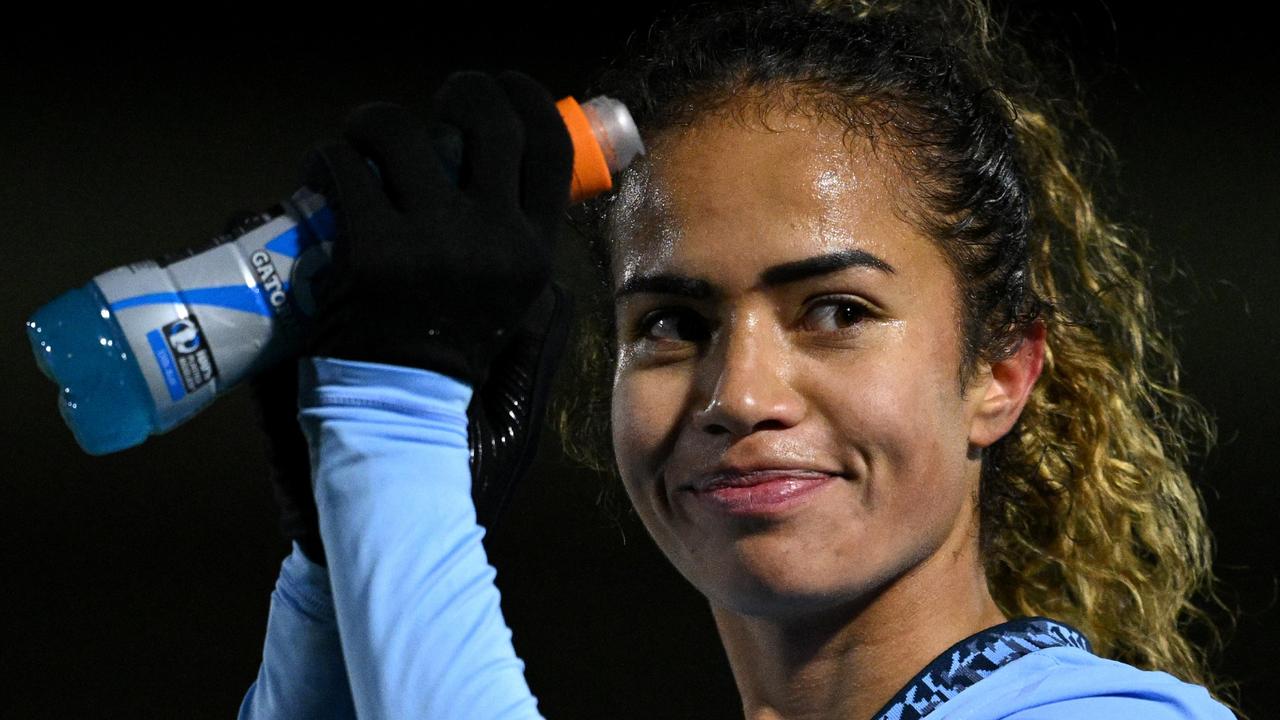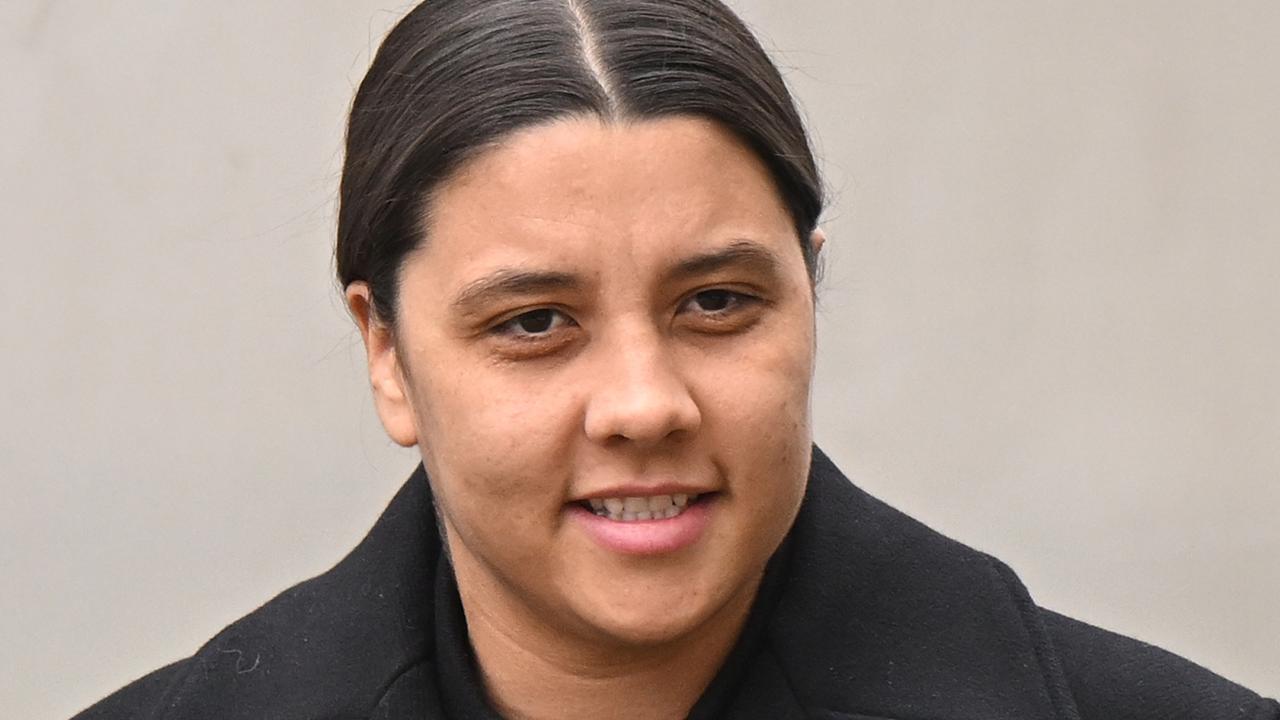Football Australia CEO James Johnson’s plan for Women’s World Cup aftermath and other seismic tasks
From making the Women’s World Cup a game-changer, to national second division plans plus a curious $11 million transfer fee discrepancy. ADAM PEACOCK speaks to Football Australia CEO James Johnson.
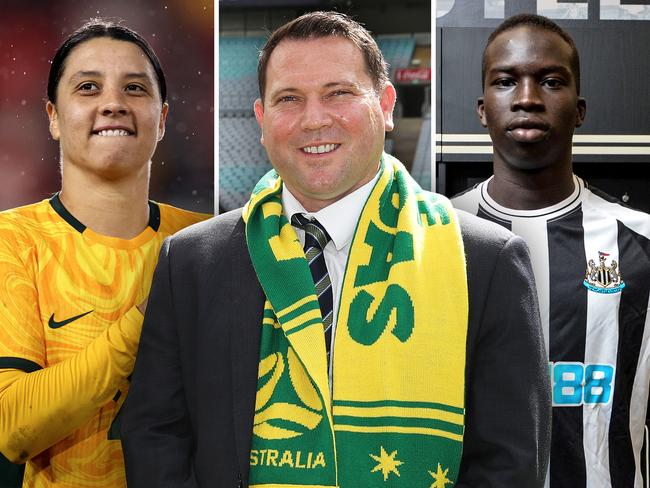
Matildas
Don't miss out on the headlines from Matildas. Followed categories will be added to My News.
Football in Australia has an innate ability to gather clouds above its head and at the start of 2020, there were many and they were dark.
Bitter political division was ripping at the game, the A-League was faltering, the Socceroos were a shadow of their 2006 class, the Matildas were rising but without a coach and obvious direction, while sponsors were marching out the door quicker than a Sam Kerr counter-attack.
Oh, and a cough came out of China, giving the whole world something far worse than a cold.
Three years on and with the biggest-ever Women’s World Cup about to start, James Johnson remembers the time vividly.
He’d just started as Football Australia CEO with big goals and ambitions, but gigantic problems.
“You had this big congress war, sponsors walking away,” Johnson tells CODE Sports. “The brand was toxic. It was chaos.”
Clear focus was needed.
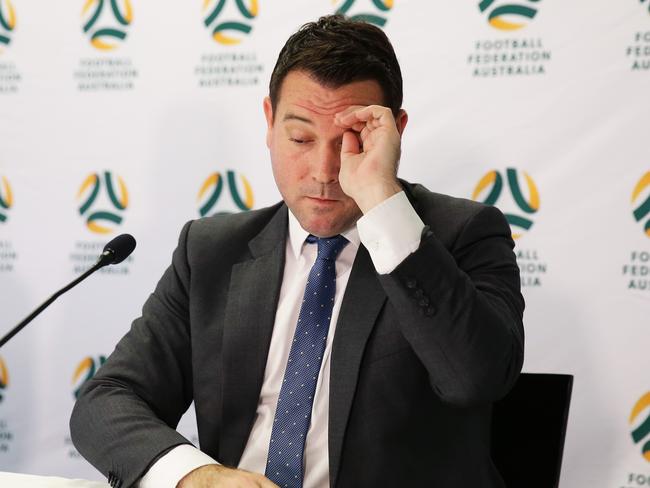
In early 2020, Johnson and his team sat down with every key stakeholder, mainly in isolation over Zoom, and developed 11 principles to guide the organisation.
Rather than a fast-acting dose of buzzword fairy dust, what FA needed from the XI Principles document was the ability to give the organisation a chance.
Pumping up the national team brands (Socceroos and Matildas), connecting the ridiculously fragmented football pyramid, building a proper football economy, more chances for elite youth, and changing the narrative around how football viewed itself were just some of the pillars.
All impossible without funds. Hosting a Women’s World Cup would turbocharge the process, so FA went hard at bidding for the 2023 hosting rights with New Zealand, ultimately secured in June 2020.
“If we hadn’t won that vote, we would be in a different position today,” Johnson says.
Sponsors came back, government relations improved and the key was to look beyond the backyard.
“Previously, it was all about how do we catch up to the AFL and the NRL, how do we become these organisations?” Johnson says.
“We had to bake into these pillars about becoming an organisation that was local and global.
“Start thinking not so much how we catch AFL and NRL, but how we compete with the best football organisations around the world.
“They (AFL and NRL) are relevant … and play to their strengths. But instead of us playing their game, we played our game, rebuilding the Socceroos brand and building the Matildas brand.
“The Socceroos didn’t need to be built, they needed to be rebuilt,” Johnson adds, regarding a process that was in danger of imploding right up until Andrew Redmayne stuck out his big right paw against Peru.
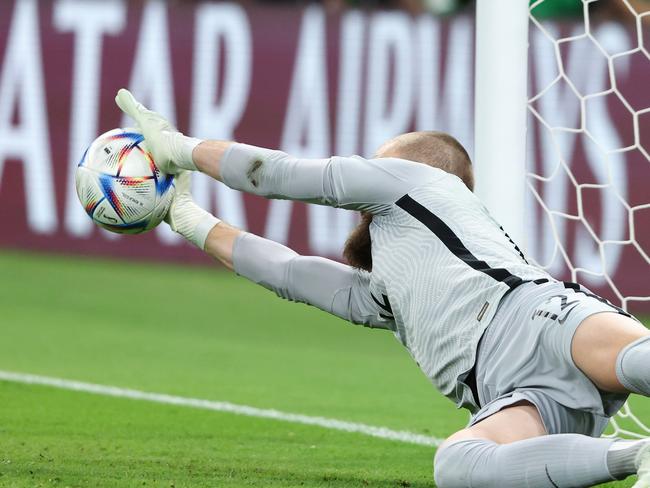
Ever since that save, the Socceroos have re-established themselves as a team worth losing sleep for.
Yet at the same time, Johnson was being accused of paying too much attention to the Matildas, especially with their home World Cup drawing closer. It was deliberate, he says.
“I was criticised for the amount of time spent on the Matildas, only caring about the women’s game,” Johnson says.
“But the logic was we had another Socceroos brand called the Matildas in the market.”
World Cup secured, sponsors came flooding back and now, it’s hard to pick fault; with a Disney documentary and Monday’s opening of the Home of the Matildas in Melbourne, thanks to government funding in excess of $100 million.
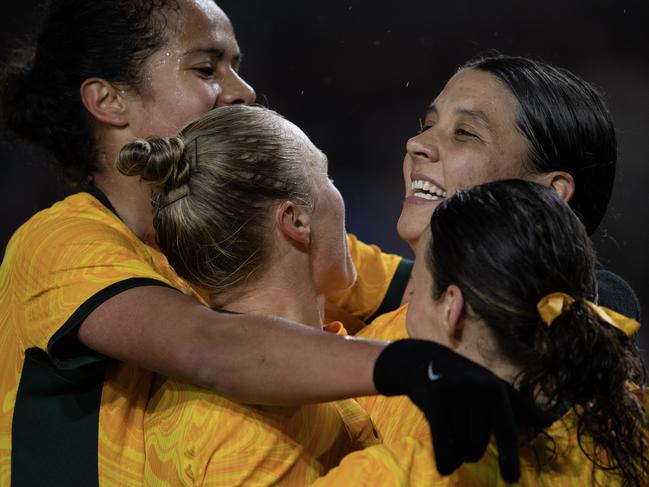
*****
Beyond shiny openings with delicate canapes and scarf-wearing politicians, the key to any football organisation – the actual football, and producing players – is a constant work in progress.
Player development isn’t just the remit of Football Australia. A-League clubs (now separated from Football Australia), state federations and NPL clubs do the day-to-day development.
But with more commercial revenue coming into the Socceroos and Matildas, more can be spent on sending elite national youth teams abroad to accelerate the learning.
In the past few months, every national youth team, men’s and women’s has played internationally; an absurd thought five years ago.
This in turn helps open up opportunities for young players to move to overseas clubs, putting money in the pocket of local clubs.
“We’ve got to be comfortable about being an exporter of talent,” says Johnson, who knows the transfer market backwards from five years at FIFA.
“This (financial) year, we’ll generate over $7 million in transfers. It has been around one and two million.”
It can and should be better, and much of it is linked to international reputation.
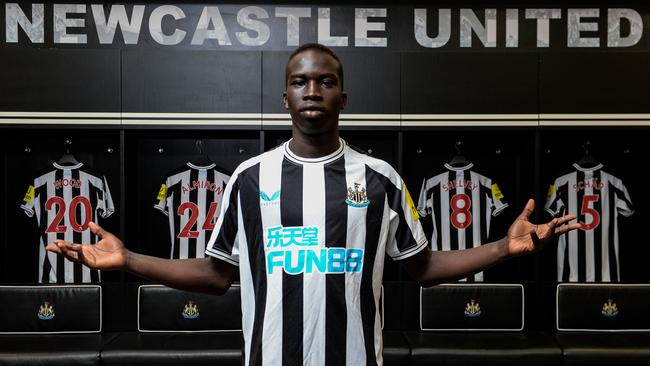
Last January, Garang Kuol moved to Newcastle United for a fee in the region of $600,000.
Last month, Newcastle signed another 18-year-old winger, Yankuba Minteh, from Danish club Odense.
The fee? $11.5 million.
The discrepancy is partly due to Australia being a minnow in the market, and Denmark a trusted source.
Johnson believes that a yearly transfer catch of $20 million is achievable for the Australian game.
*****
Is it all rosy for Football Australia? Of course not.
Issues pop up daily, mainly centred on a convoluted grassroots structure, state federations running their own competitions, A-League clubs running their own race and FA in charge of only so much.
It is still very expensive for elite youth players (some charged more than $3,000 per year) to go through the pathway system, for instance.
“The sport is a lot more unified than what it was. Still got some challenges,” Jonhson says.
“I might have a disagreement in clubland or the states, but we talk, and that’s got better.”
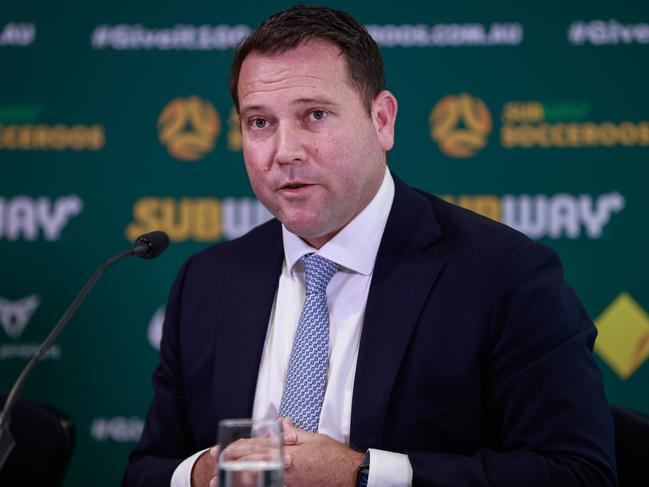
Connecting the pyramid is the ultimate game of Jenga, the hardest of the 11 principles to achieve, with A-League clubs doing their own thing. In the past, clubs have blown up about losing players for youth national teams.
“Taking a player was seen as a threat,” Johnson says. “Now, they see the benefit more.”
And then there’s the riddle inside a mystery inside an enigma that is the national second division.
As the best female talent in the world arrives, bubbling away in the background is the formation of a long-awaited competition below the A-League Men’s.
Twenty-six clubs remain in contention. Upwards of half will fall away, unable financially to compete in it; bringing about the opportunity to mud-sling and create divides similar to what were seen when the A-League replaced the NSL.
“We’ve got to get it started,” Johnson says flatly.
“We will be ready to go, Football Australia will be ready to run a competition in 2024. The challenge is going to be with the clubs and that comes down to teams ready to compete at this level.”
“People tend to go straight to promotion and relegation. It’s a lot broader than that.
“If we have to push it back a little to cater for the clubs, that’s a conversation we will have with them. We are recruiting at the moment, setting up budgets; once we finish the Women’s World Cup, the hat we put on is second tier.”
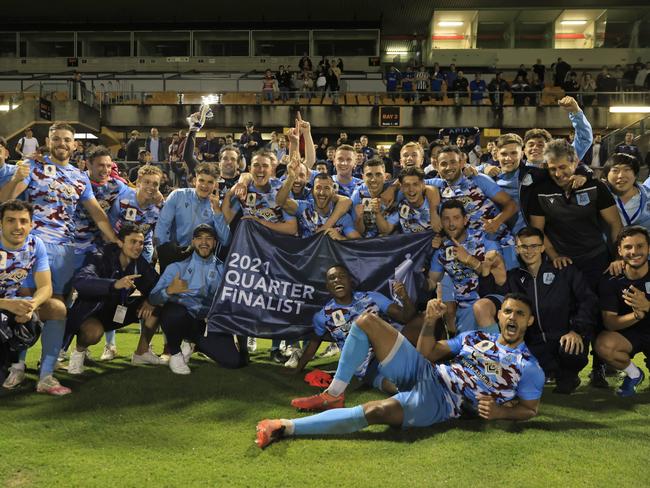
*****
Football Australia isn’t responsible for the actual running of the World Cup. That responsibility is with a separate organising committee, full of savvy, football-first people in charge of putting on a memorable event.
But it’s FA’s responsibility to capitalise upon the tournament; something that Johnson, three years on from the dark clouds hovering, feels it is ready for.
“I think we have changed the narrative,” he says, speaking directly of principle two of the 11.
“The organisation was being driven by enablers, and I’m talking internally, not the drivers.
“And that driver needs to be football, at the heart of anything we do.”
Originally published as Football Australia CEO James Johnson’s plan for Women’s World Cup aftermath and other seismic tasks



